Chuvan language
I. Sociolinguistic data
I.1. Existing Alternative Names of the Language
The term “Chuvan language” encapsulates two completely different languages. Here, we will refer to the one related to Yukaghir, which the Chuvans, one of the indigenous small-numbered peoples of Siberia, spoke in the first half of the 19th century. Later, some of the Chuvans adopted Chukchi-type reindeer herding and, as a result, were assimilated by the Chukchi and switched to the Chukchi language while maintaining their ethnic self-identification. The other part of the Chuvans mixed with Russian dwellers and assimilated their culture and language. They settled in Markovo and smaller surrounding settlements in the middle reaches of the river Anadyr and came to speak Russian. As a result, now both the descendants of the Chuvan reindeer herders who speak Chukchi and roam with the Chukchi, and some of the inhabitants of Markovo (descendants of the Chuvans who mixed with the Russians), call themselves Chuvans. These latter Markovtsy, Markovians (Markovo old-time dwellers) call themselves Chuvans, but throughout history, they had been recorded first as Chuvans, then as Kamchadals, and then again as Chuvans. The Markovians now speak Russian although their ancestors spoke a special Markovo dialect, which had formed on the basis of the endemic version of Russian. This dialect had a number of phonetic and lexical features that did not exist in literary Russian. It is this dialect that the term “Chuvan” is applied to here (since its speakers call themselves Chuvans), but to avoid confusion, we will call this language “Markovian,” “Markovo,” or “the Markovo language.”
I.2.2. General Characteristics
I.2.2.1. Number of Native Speakers and the Corresponding Ethnic Group
Chuvan is a dead language as there are currently no native speakers left. Gergard Maidel, who traveled in places inhabited by the Chuvans in the 1860-1870s, noted that he was unable to find a single Chuvan who could speak their language. Vladimir Yokhelson wrote that in 1890, all roaming Chuvan reindeer herders spoke Chukchi, and all the sedentary Chuvans spoke Russian. Yet, in 1821, it was still possible to collect materials in this language, so it must have disappeared in the second half of the 19th century. The situation is more complicated with the Markovo language. On the one hand, none of the Markovo dwellers use the Markovian language with its striking phonetic features and vocabulary that set it apart from the modern Russian language. On the other hand, the existence of their own language has an important emblematic function: the Markovian language is a marker of a special ethnic self-identification, and for this reason it cannot be considered extinct. For the Chuvans, it is enough to intonate a phrase in a special way or insert one of five or six Markovian words into a phrase in order to claim that they continue to speak Markovian. That is, they recognize their language as living and functioning, despite the fact that from a purely linguistic point of view they speak ordinary Russian. As Nikolai Vakhtin wrote: “From the point of view of an external observer, the Markovian dialect does not exist as a means of communication. It is not spoken, but its existence is remembered, treated with tenderness and clearly seen as an important distinctive marker of “their own”. At the same time, from the point of view of the residents of Markovo, or at least of the majority of them, this dialect still exists and is used as a full-fledged means of communication, but this allegedly happens only among the locals, away from prying ears.”
Languages go through similar phases when the need to maintain identity sharply increases in a community. In this case, it is enough that the language retains only one of its functions, that of self-identification of the speakers, to enable the members of the community to continue believing that they speak their own special language even when the differences between this special language in its modern state and the standard version (in this case, the standard Russian) are very few.
The size of the ethnic group according to censuses is, whenever possible, given separately for representatives of the two Chuvan ethnic groups (the Chuvans as a single ethnic group, whose language was related to Yukaghir, had already ceased to exist by the time of the first census). Whenever possible, the data is provided on how many Chuvans spoke which language (Russian or Markovian) during that period (it must be borne in mind, though, that the data on language proficiency are largely hypothetical). According to the All-Russian Census of 1897, there were 201 settled Russian-speaking Chuvans and 318 nomadic Chukchi-speaking Chuvans. According to the household census of 1926-1927, there were 389 settled Chuvans and 318 nomadic Chuvans. In the censuses of 1959, 1970 and 1979, the Chuvans do not appear as a separate nationality at all.
They reappear in the census of 1989, indicating that there were 1.511 Chuvans, of which 381 mentioned being proficient in the Chukchi language. According to the census of 2002, there were 951 Chuvans, of which 88 indicated knowledge of Chukchi. In the census of 2010, 897 Chuvans were counted, of which 56 indicated knowledge of Chukchi (47 people called it native). In the census of 2020, there were 900 Chuvans.
I.2.2. Age of Speakers
There are no native speakers of the dead Chuvan language. The Markovian language is no longer regarded as a special variant of Russian, but among the Chuvan Markovians it exists as a marker of ethnic self-identification. It is impossible to provide exact figures here, but generally, such an attitude towards Markovian is more common among the representatives of the older generation.
I.2.3. Sociolinguistic Characteristics
I.2.3.1. Threat of extinction
The Chuvan language is already considered to be dead and Markovian will probably share its fate as all its linguistic features have already disappeared from the speech of the Russian-speaking Chuvans. Thus, its significance as a marker of ethnic self-identification will probably fade away over time. The Chuvan language is not used in any professional field.
I.2.3.2. Writing System
There has never been a coherent writing system in either Chuvan or Markovian. The only extant monument of Markovian is a list of Markovian words (about 170). Its history was described by Nikolai Vakhtin: “This list was compiled over a period of quite a long time by two teachers of the school in Markov. The compilers searched their own memory, went door to door, interviewed other Markov residents, patiently adding to their list the words that they or other residents managed to recall.” The list was compiled using the Russian alphabet.
I.3. Geographical Characteristic:
I.3.1. Constituent Entities of the Russian Federation with Ethnic Communities
Anadyrsky district of the Chukotka Autonomous Area of Russia (speakers of Markovian).
I.3.2. Total Number of Native Settlements
Currently, the Chuvans (speakers of Markovian) live only in the rural settlement of Markovo with its center in the village of Markovo, Anadyr district, and the Chukotka Autonomous Area of Russia.
I.4. Historical Dynamics
The first historical information about the Chuvans appeared in Semyon Dezhnev’s report on the 1653 campaign on the Penzhina River, where he found the Chuvans, the nomadic reindeer herders who spoke a language close to Yukaghir. Unlike the Chukchi, who were hostile towards the Russian troops, the Chuvans were in active contact with Russian settlers as early as the 17th century. Gradually, the Chuvan ethnicity was becoming more and more divided into two ethnographic groups: the first, the so-called sedentary Chuvans, abandoned their nomadic way of life and settled along the banks of the rivers, adopting the culture and language of the Russian dwellers. The second group of the Chuvans, on the contrary, came under the influence of the reindeer-herding Chukchi, whose presence on the Anadyr has been increasing since the middle of the 18th century (these migration processes were also provoked by clashes with Russian troops). This part of the Chuvans moved from the Yukaghir-type to the Chukchi-type reindeer herding; these Chuvans speak Chukchi but retain ethnic self-identification.
By the end of the 19th century, the Chuvans, who roamed between the Anadyr and Kolyma rivers, spoke a language close to Yukaghir and were engaged in the Yukaghir-type reindeer herding, virtually disappeared as a single ethnic group. The Chuvan language disappeared along with them. But by this time, two new ethnographic groups of Chuvans had already emerged: Vladimir Iokhelson in the 1890s described the “reindeer Chuvans” (who roamed in the upper reaches of the Anadyr between Chukchi camps, some roamed with the Koryaks on Penzhin) who spoke Chukchi, and “the Chuvans with sled dogs” or “the river Chuvans” living in Markovo and smaller surrounding settlements in the middle reaches of the Anadyr: these spoke Russian. The descendants of the Russified Chuvans, who had begun to settle in the middle reaches of the river Anadyr in the 17th century, and then, in the 1760s, pushed by the Chukchi, moved together with the Russians to Kolyma and Gizhiga and returned with the Russians to the Anadyr almost a century later, giving rise to a special subethnic group, the Markovo Chuvans.
II. Linguistic Data
II.1. Position in the Genealogy of the World Languages
The Chuvan language is a dead language belonging to the Yukaghir family of languages along with Omok (also extinct), Northern Yukaghir (Tundra Yukaghir) and South Yukaghir (Kolyma Yukaghir). A different point of view is supported by Irina Nikolaeva, a leading specialist in the history of Yukaghir languages. Nikolaeva believes that the differences between Chuvan and other variants of Old Yukaghir (that is, the Yukaghir language known from the records of the18th and 19th centuries) are not so significant, and Chuvan should have the status of a dialect of the Yukaghir languages.
The Markovo language was formed on the basis of Russian dialects. It has been established that the main source of its vocabulary were the dialects of the northern regions of European Russia, such as Olonets, Arkhangelsk, Novgorod, and Pskov. These dialects formed the basis of many other local varieties of the Russian language that arose in the mixed settlements of Siberia and the Far East, the history of which is similar to that of Markovo. Therefore, Markovian has lexical parallels with the language of the Russians of the Vilyui district, the Russians living on the Indigirka, the Kolyma Russians, and the Kamchadals (northern Kamchatka). Similalry to Chuvan, Markovian does not have any dialects.
The Chuvan language is known to us from fragmentary records of the 18-19th centuries: these are the translations of 22 phrases recorded in 1781 by assessor Bentzing, and 210 words recorded in 1821 by midshipman Fyodor Matyushkin, a member of the expedition of Ferdinand Wrangel in 1820–1824. These data were analyzed in the works by Schiefner, Tailleur, Nikolaeva, and other scholars. The Markovo dialect was described in the works by Zotov, Braslavets, Vakhtin, Golovko, and Shvaitser.
II.4. Basic Linguistic Information
Since there are no texts in the Chuvan language, we have practically no information about the grammar of the language. A limited number of grammatical features can be gleaned from the vocabulary lists and a couple of dozen sentences (albeit not always accurately recorded). These features can be identified through comparison with the material of the related Yukaghir language. As for their functions, we can only extrapolate what we know about the use of the corresponding indicators in Yukaghir (although even in closely related languages the function of seemingly coinciding grammatical indicators may differ).
From a morphological point of view, Chuvan is an agglutinative language. Most of the identified indicators are suffixes; the only prefix is the indicator of negation oi- (oi-li onmi literally “there is no soul”, which means “he was beaten”). In the related Yukaghir language, prefixation is also present and is similarly limited (negation is expressed by the same prefix).
As for the morphology of Markovian, (at least, in the texts recorded in the 1960s-1970s and later) it does not differ from the morphology of standard Russian.
II.4.2.5. Vocabulary
The vocabulary of Chuvan is close to the one of the Yukaghir language. Tailleur (1962) analyzed 237 words of the Chuvan language, of which 211 were identified as having cognates in the Yukaghir languages (some identifications may have been missed due to inaccuracies in the recording).
The Markovian vocabulary, which is different from the vocabulary of literary Russian, goes back to the Russian dweller dialects of Siberia and the Far East, which, in turn, are associated with the dialects of the northern regions of European Russia. Below is a list of Markovian words from the work of Nikolai Vakhtin “Language death in the functional aspect: features of the functioning of the Markovo dialect:”
bait
‘to talk’
bitok
‘a shoulder-mounted vessel or basket for carrying berries’
vrakun
'liar'
galit’sya
‘to mock’
glyza
‘lump; stone'
golk
‘noise, report (for example, of a shot)’
devya
‘good, right, true’
zalekhtilas’
‘out of breath’
karbas
‘big boat for several people’
soot
‘dust’
kurma
‘jacket with long sleeves’
likho
‘I want to sleep’ (also, in the Arkhangelsk and Novgorod dialects)
nаprokhod
'immediately'
parka
‘women’s fur coat with a hood made of neblyuy’ (this word is widespread in Siberian and Far Eastern dialects; it was originally borrowed from Nenets)
batya
‘brother (? older)’
bednitsa
‘feels offended’
vzabol’
'truth'
deva
‘a young woman, girl’
dedyusa
‘grandfather’
kai byt’
‘somehow, normally
koltuny
‘parts of fishing tackle’
kryl’tsa
'scapulae'
letnik
‘fishing, summer fishing place’
lyva
‘puddle’
nagisnaya
‘naked’
nedorosl’
‘short-haired deer hide’
postel’
‘big thick deer hide
rodnik
‘relative’
stoletnitza
‘cutting board’
Some Markovian words have cognates in the languages of the indigenous peoples of Siberia and the Far East, however, since these words are also represented in other old-time Russian dweller dialects, it should be assumed that they also came to Markovian through Russian. One example is alyk ‘straps of a dog harness.’ This is a cultural term, represented the in the Arkhangelsk, Siberian, and Kamchatka dialects of the Russian language, as well as in Evenki, Khanty (who probably borrowed it from the Evenks), Komi, Yakut, Yukaghir, and Ket (the last four languages must have acquired it through the Russian dialects, just like Chuvan did).
Some words could, however, have come to Markovian directly from Chuvan. The word tirkany “two sticks stuck into the ground (an ermine trap)” has a cognate in the Yukaghir (čerken, 'an ermine trap'), which, in turn, was borrowed from Even. It is possible that the word also existed in Chuvan, which is close to Yukaghir, and from Chuvan it could have been assimilated into Markovian. Another example is Markovian abuska ‘kiss’ and Yukaghir uba- ‘to kiss’ (showing that a related word could have also existed in Chuvan).
3. Video recordings of speech
There are no videos in either Chuvan or Markovian.
4. Photos of native speakers

Valentina Kostygina, a Chuvan, distinguished physician of RSFSR, 1970s.

Markovo airport
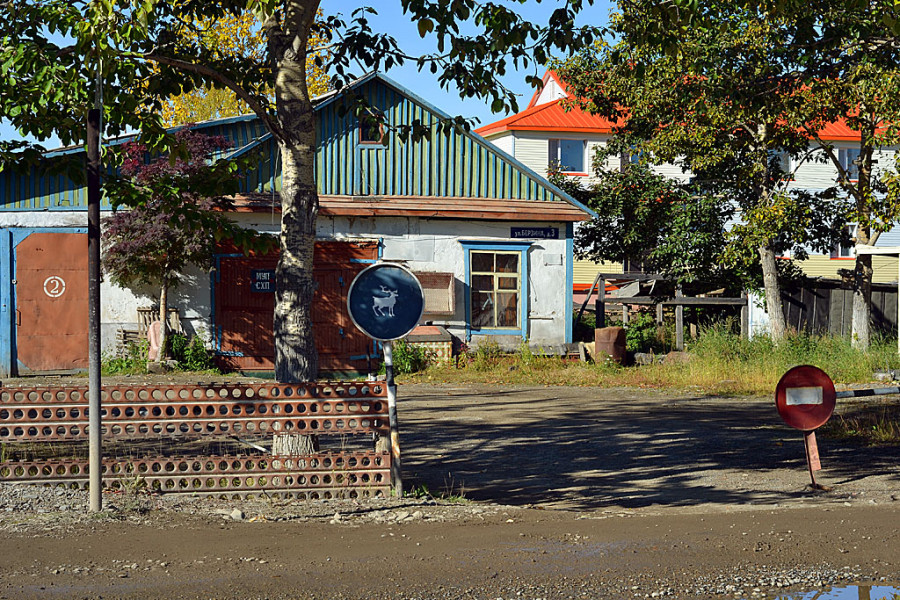
Streets of Markovo
Source foto below:
https://smolbattle.ru/threads/%D1%81-%D0%9C%D0%B0%D1%80%D0%BA%D0%BE%D0%B2%D0%BE-%D0%90%D0%BD%D0%B0%D0%B4%D1%8B%D1%80%D1%81%D0%BA%D0%B8%D0%B9-%D1%80%D0%B0%D0%B9%D0%BE%D0%BD-%D0%A7%D1%83%D0%BA%D0%BE%D1%82%D1%81%D0%BA%D0%B8%D0%B9-%D0%B0%D0%B2%D1%82%D0%BE%D0%BD%D0%BE%D0%BC%D0%BD%D1%8B%D0%B9-%D0%BE%D0%BA%D1%80%D1%83%D0%B3-%D0%A0%D0%BE%D1%81%D1%81%D0%B8%D0%B8.61044/




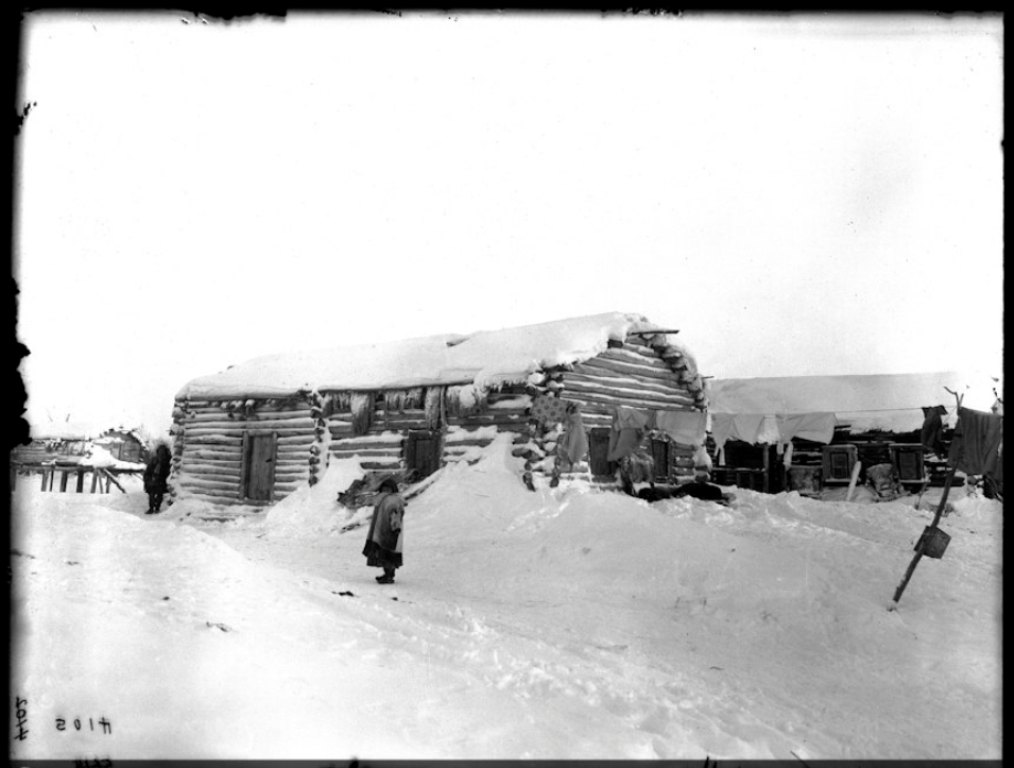
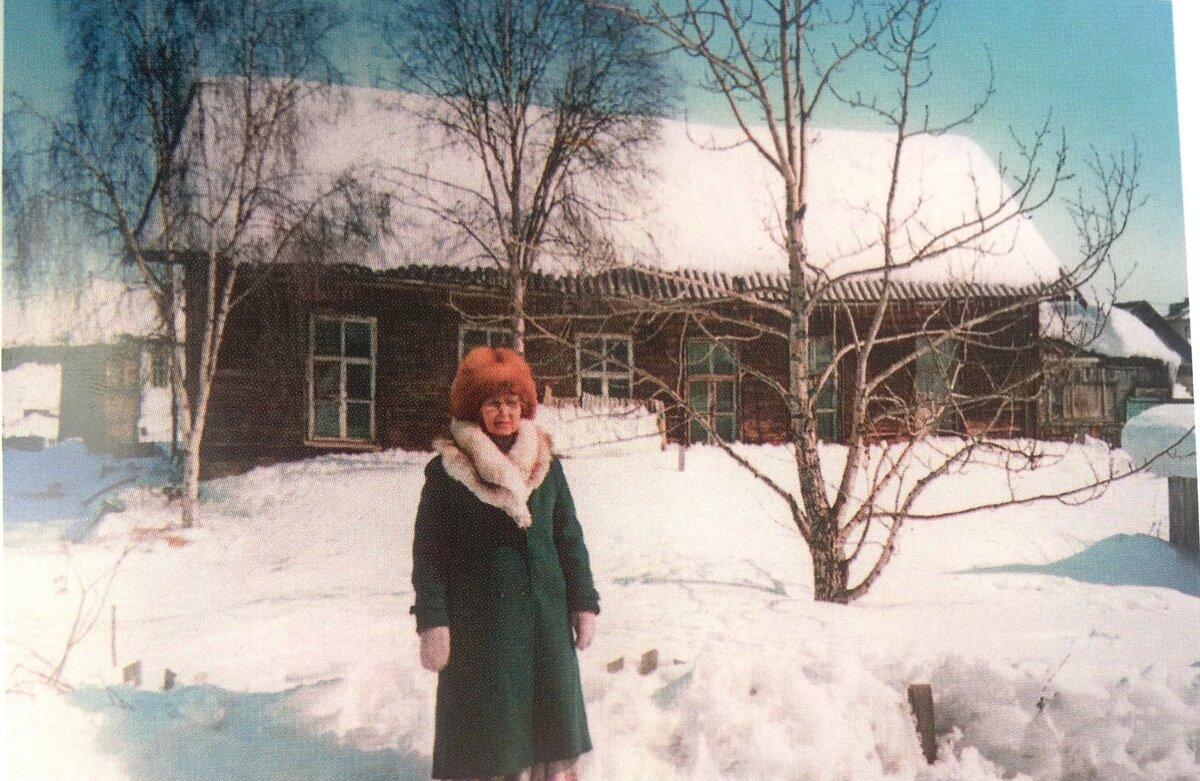
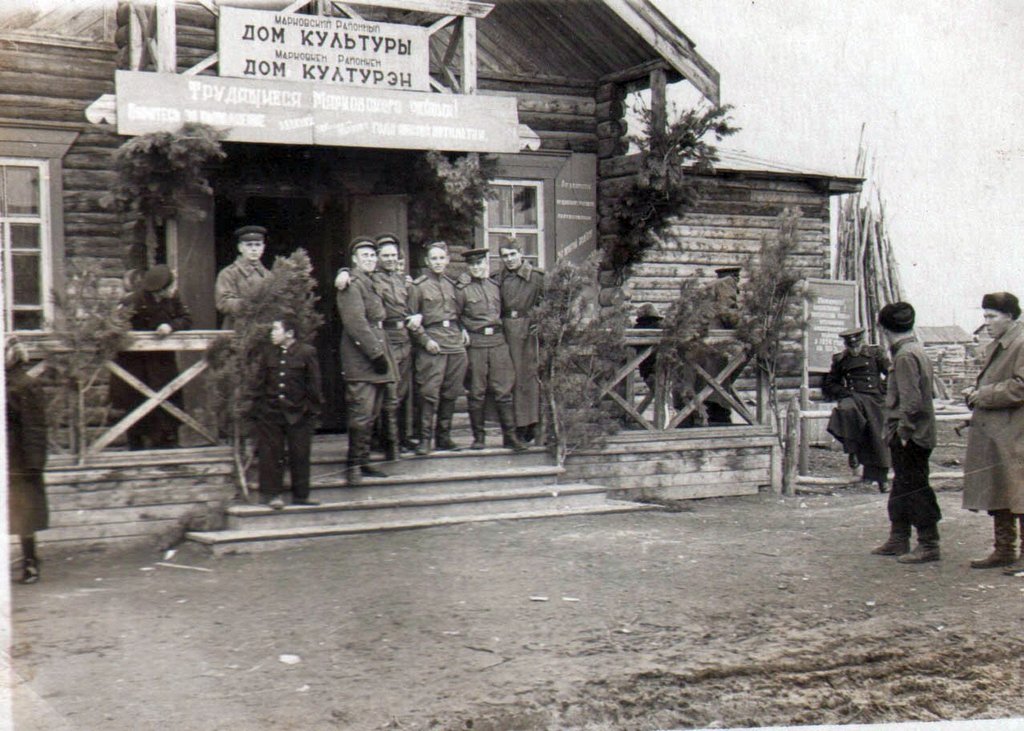
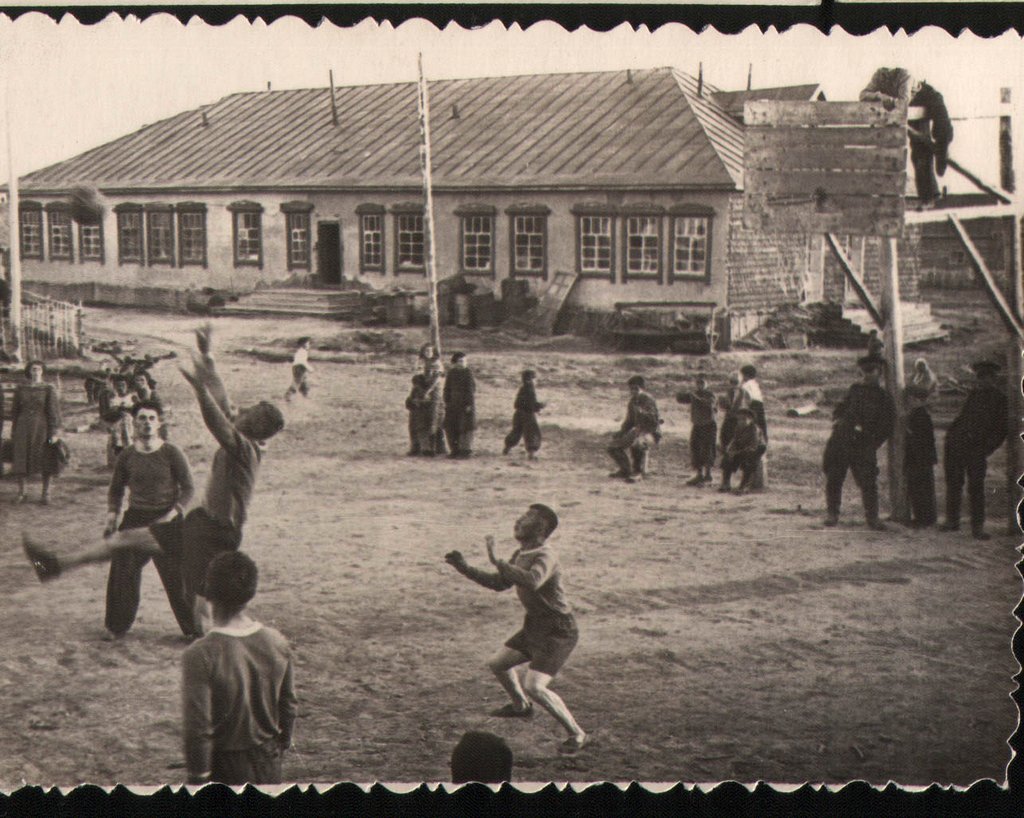

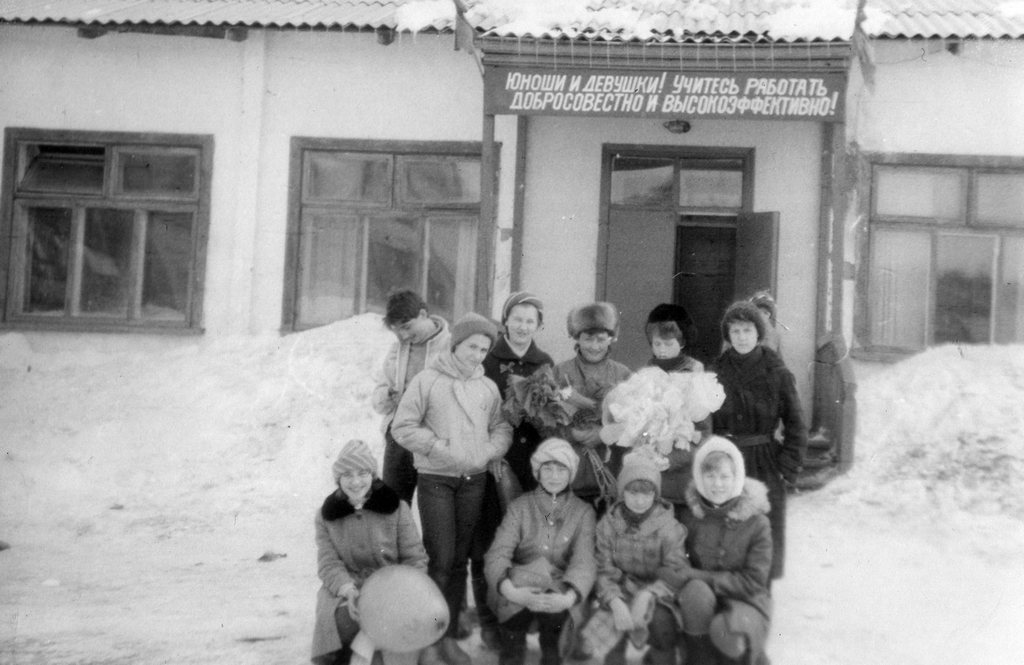
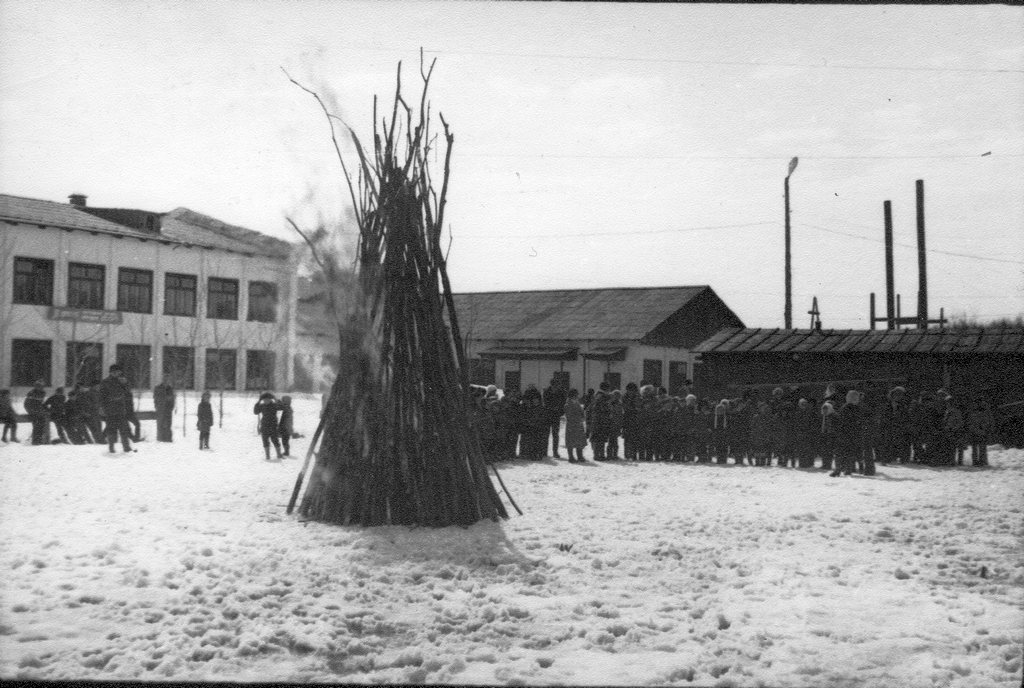
5. Brief bibliography (educational materials, grammars, dictionaries).
In each subsection of the bibliography, materials on Chuvan and materials on Markovian are noted separately.
Collections of texts
Chuvan
No.
Markovian
Several texts have been published in the works by Zotov and Braslavets.




































































